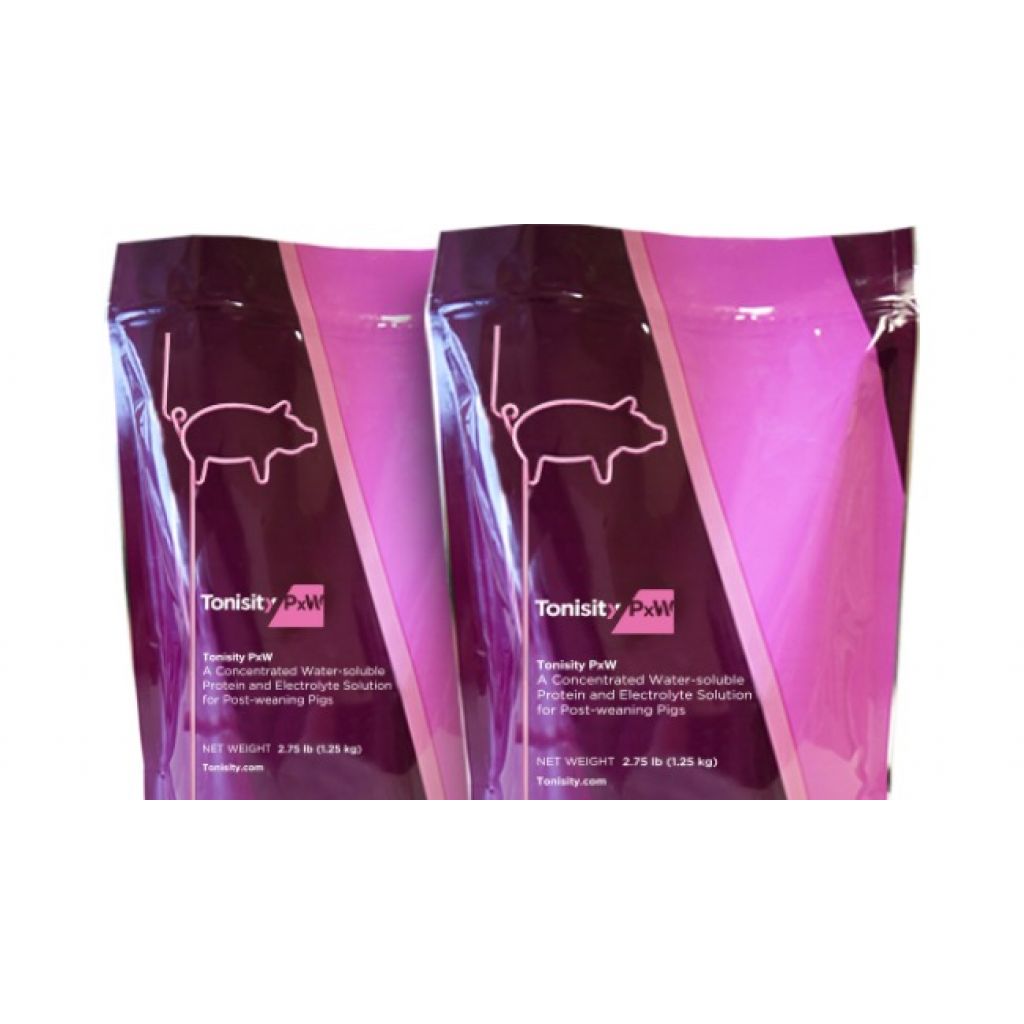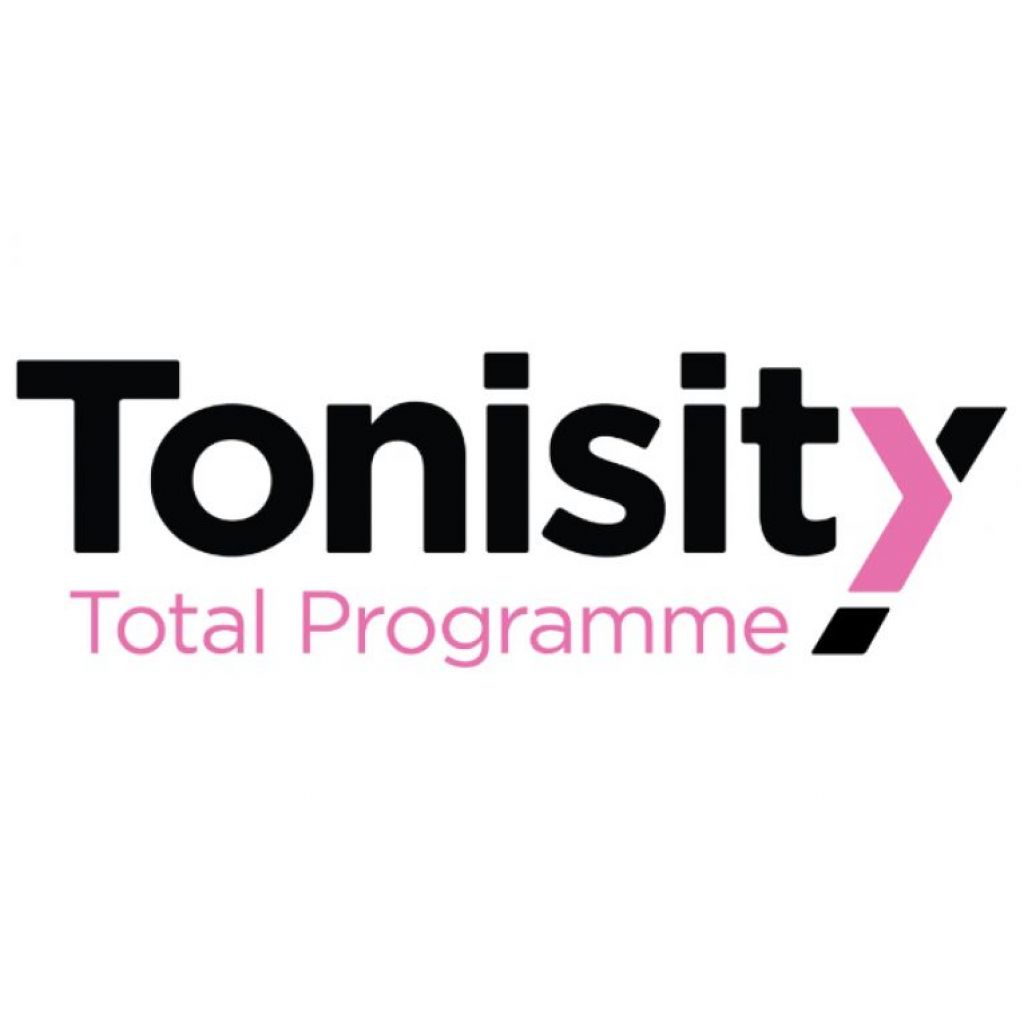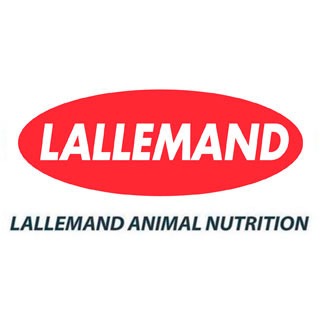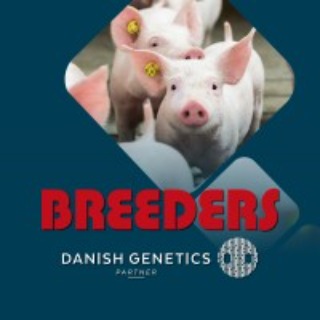Sow Litter Size Trends and How to Optimise Litter Size
In order to minimise production costs and maintain their competitiveness, swine producers use several performance indicators, such as feed conversion (FCR), litters per sow per year, pigs per litter, or amount of pig meat produced per sow per year. In this article, we will discuss how litter size has been evolving in recent years and how it can possibly be improved.
Litter size is an important parameter because it directly impacts the farm output and the number of sows required to supply the domestic and export markets for a given country. This indicator has been steadily increasing worldwide, and even faster in recent years, meaning that sow efficiency has been improved, thanks to genetic progress, better nutrition and management. Of course, when speaking about sow efficiency we should not forget sow longevity because the number of pigs produced by a sow during its career is also an important factor for success.
In Europe, a clear and constant increase in litter size has been observed in recent years. Baumgartner (2012) reports that from 1990 to 2010, the number of pigs born increased on average from 11 to 14 per litter, and this trend has continued. Today, with hyper‐prolific lines, many sows are giving birth to 18-20 piglets, sometimes even more.
For instance, a study by Prof. Dr. Steffen Hoy and Birgitt Hameister indicates that, in Germany, total sow productivity increased from about 63 liveborn piglets per sow to 84 or 33%, between 2006 and 2015. In the same period, the average litter size had risen from 12.2 to 15.6 piglets per litter (+28%). The extra gain in performance could be explained by the fact that the average number of litters per sow also increased, by about 4% (5.31 vs. 5.09).
In his paper “Long-Term Trends In Pigs Per Litter”, Michael Langemeier from Purdue University reports that in USA, from 1993 to 2020, numbers of pigs per litter increased by 0.104 pigs each year, or 1.10 percent, on average. Over the course of 28 years, this means an increase of 2.93 pigs per litter, or a bit more than 36%..
According to INTERPIG data (see Figure 1), from 2018 to 2020 the average number of piglets born alive increased by 0.62 piglets, or 0.31 every year. The highest increase (+1.6 pigs per year) was in Hungary, which was also the country with the smallest number of born alive in 2018 (12.2 pigs per litter). In the Netherlands, a country where the number of born alive was among the highest in 2018, this parameter was reduced by 0.05 pig on average between 2018 and 2020. But in Denmark, where sows already had 17.7 pigs born alive per litter in 2018, the trend was a continued increase with an extra 0.20 pigs each year.
Figure 1: Yearly changes in piglets born alive per litter in selected countries (INTERPIG data, 2018 - 2020)

What parameters have an impact on litter size?
Several parameters theoretically have an impact on litter size. Of course, the first one is the genetic potential, as the impact of breed and genotype is obvious. Thanks to improvements in genetic selection and sow management, an average extra 0.2 to 0.3 piglet per litter has been achieved year-on-year in many units. It is certain that the occurrence of large litters will continue increasing as genetic companies identify genes affecting prolificacy. However, the heritability of litter size is low (between 10 and 15%), so selecting animals from the same herd for litter size has little value.
Once sows are present in the herd, there are other factors that will determine litter sizes. Every farrowing unit manager knows that sow parity is one of them. To optimise herd productivity, it is usually recommended to target an average herd parity of 2.5 to 3.0, with more than 45% of the sows in parity three to six. This is because gilts have smaller litters than multiparous sows, and the litter size is maximum between parities three and five. Afterwards, the number of piglets usually stays stable or decreases slightly, but the individual pig birth weight appears to be reduced with sows from older parities (Bergstrom, 2011).
The next factors to be discussed are ovulation rate, embryonic mortality and semen quality. Of course, the maximum possible litter size is determined by ovulation rate. However, it appears that when the ovulation rate increases, foetal mortality tends to increase, probably because the uterine volume per embryo and the blood flow available for each foetus are reduced. Regarding semen quality, it’s important to follow recommendations from suppliers for storage and handling. If boars are used on the farm, they should not be utilised excessively. It is for instance recommended to use young boars (from eight to twelve months of age) maximum four times per week while older boars can handle up to six services per week. It’s also important to remember that temperatures above 30°C will result in reduced fertility for the boar.
When servicing the sows, there are some important points to look after. Ideally, the sows should be inseminated 12 hours before ovulation, which happens at about 70% of oestrus. In order to stimulate the sows, it is essential to have a boar active in the room, even if artificial insemination (AI) is practised. Although there should be no difference in litter size between natural service and AI, (when both are done properly, of course), it seems that, for gilts, combining natural service and AI is better for litter size than AI alone. Finally, inseminating gilts at their second oestrus can positively impact their litter size.
Nutrition of the sow during gestation can also influence litter size, although, under normal commercial conditions, the amount of feed given during gestation will have a limited impact, because requirements are still small. Also, it doesn’t seem that increasing vitamin levels will result in larger litters. This is a different story in lactation because restricting feed intake during that period can negatively impact both ovulation rate and embryo survival. For gilts, some experiments indicate that the ovulation rate, and therefore litter size, can be increased by giving a high-quality diet ad libitum for at least ten days before breeding. But we should not forget that giving more than 2.5kg of feed per day to gilts in the first two to three days following breeding may decrease embryo survival.
It is obvious that the last point on our list must be the health status of the herd. The impact of diseases such as parvovirus or porcine reproductive and respiratory syndrome (PRRS) is well documented, but other infections, such as enteroviruses, leptospirosis, brucellosis, pseudorabies, hog cholera, swine influenza, or some parasites, can result in reduced number of piglets born alive and therefore have a negative impact on litter size. Therefore, good biosecurity and proper vaccination plans are very helpful to ensure optimum litter size.
Welcome to 333
Connect, share, and interact with the largest community of professionals in the swine industry.
Celebrating 153749Users on 333!
Sign upAlready a member?








